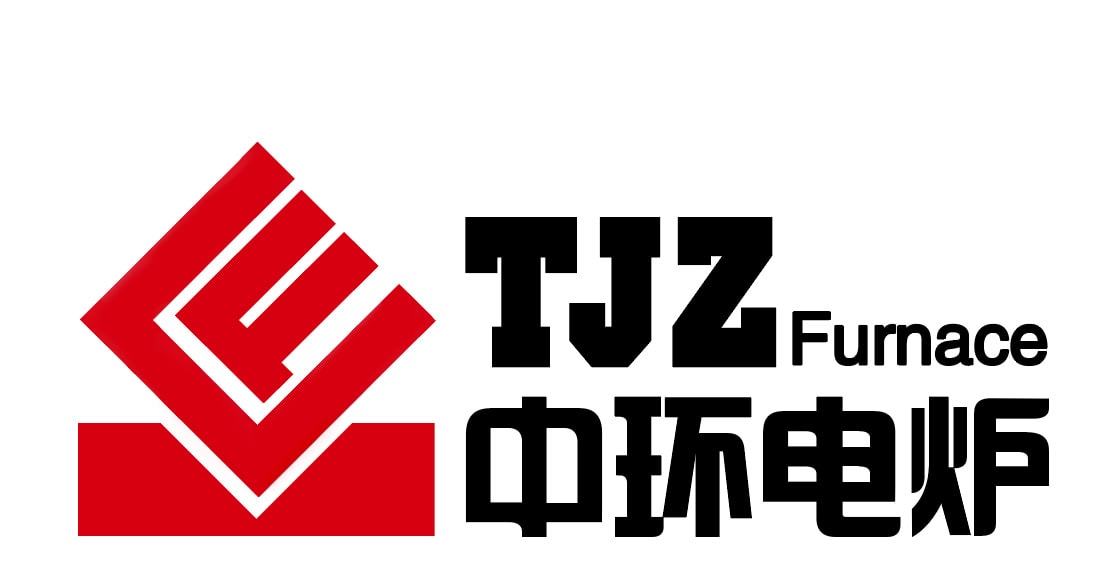Focused Session 6: Innovative Material Processing for Diverse Resource Circulation Loops
The circular economy, coupled with environmental sustainability, is increasingly expected by society. It is a desirable practice for growth and regional development, even in the face of environmental and supply chain constraints. Emerging innovations for high-tech products to achieve sustainability are reliant on access to increasing demands for critical materials, which are essential for both economic importance and supply chain risks. Most critical materials are irreplaceable in batteries, solar panels, wind turbines, and energy-efficient lighting; therefore, their circular use is becoming key to fighting climate change while satisfying society’s needs.
In response to this urgent need, it is necessary to develop a multiple resource circulation loop from resource-saving strategies such as long life, maintenance, and sharing, to resource circulation strategies such as reuse, refurbish, and recycle. The circulation of resources requires energy for recovery and separation. Improved environmental sustainability can be achieved through the use of renewable energy sources, as determined by life cycle analysis (LCA) and assessment. Therefore, energy-saving and cost-effective circulation processes play a crucial role in achieving enhanced environmental sustainability and mitigating supply chain stress through the recovery and reuse of critical materials.
In this regard, increasing research efforts are dedicated to the further development of innovative disassembly strategies and high-precision physical and chemical separation technologies, enabling the selective and energy-efficient recovery of valuable materials and components from complex products.
Furthermore, the resource circulation loop that is closer to consumers, such as longevity and reuse, makes the greatest contribution to both energy and resource conservation. Therefore, the materials and components of next-generation products are required to have a long service life, be repairable, and be easily disassembled for regeneration.
With the perspective of maximising resource efficiency and creating economic value from sustainable and circular practices, another promising approach is the valorisation and stabilization of wastes to develop alternative raw materials for functional and structural applications.
This symposium solicits abstracts related to novel upstream (during manufacturing) and downstream (end-of-life) recycling processes, disassembly/separation technologies, systems, and assessments that promote efficient resource circulation loops for materials and components.
Proposed Session Topics
- Recovery of critical/valuable materials from exhausted complex products
- Circular economy perspectives for inorganic waste/wastewater valorization and stabilization
- Valorization and reuse of construction and demolition wastes
- Structural control for easy decomposition of resins for diverse resource circulation
- Novel products and materials oriented toward easy disassembly and circulation design
- Advanced powder processing for circular economy
- Advanced material processing for longevity and repairability
- Data utilization/modelling/simulation for material circulation strategies
Symposium Organizers
- Sonia Lucia Fiorilli, Politecnico di Torino, Italy
- Chiharu Tokoro, Waseda University, Japan
- Beihai Ma, Argonne National Laboratory, USA
- Henry Colorado, Universidad de Antioquia, Colombia
- Enrico Bernardo, Università di Padova, Italy
- Hidehiro Kamiya, Waseda University, Japan
- Motoyuki Iijima, Yokohama National University, Japan
- Anna Schneller, University of Augsburg, Germany
- Majda Pavlin, Slovenian National Building and Civil Engineering Institute, Slovenia
- Manabu Fukushima, National Institute of Advanced Industrial Science and Technology (AIST), Japan
- Ziqi Sun, Queensland University of Technology, Australia
Point of Contact
- Sonia Lucia Fiorilli: fiorilli@polito.it
- Chiharu Tokoro: tokoro@waseda.jp
- Beihai Ma: bma@anl.gov










